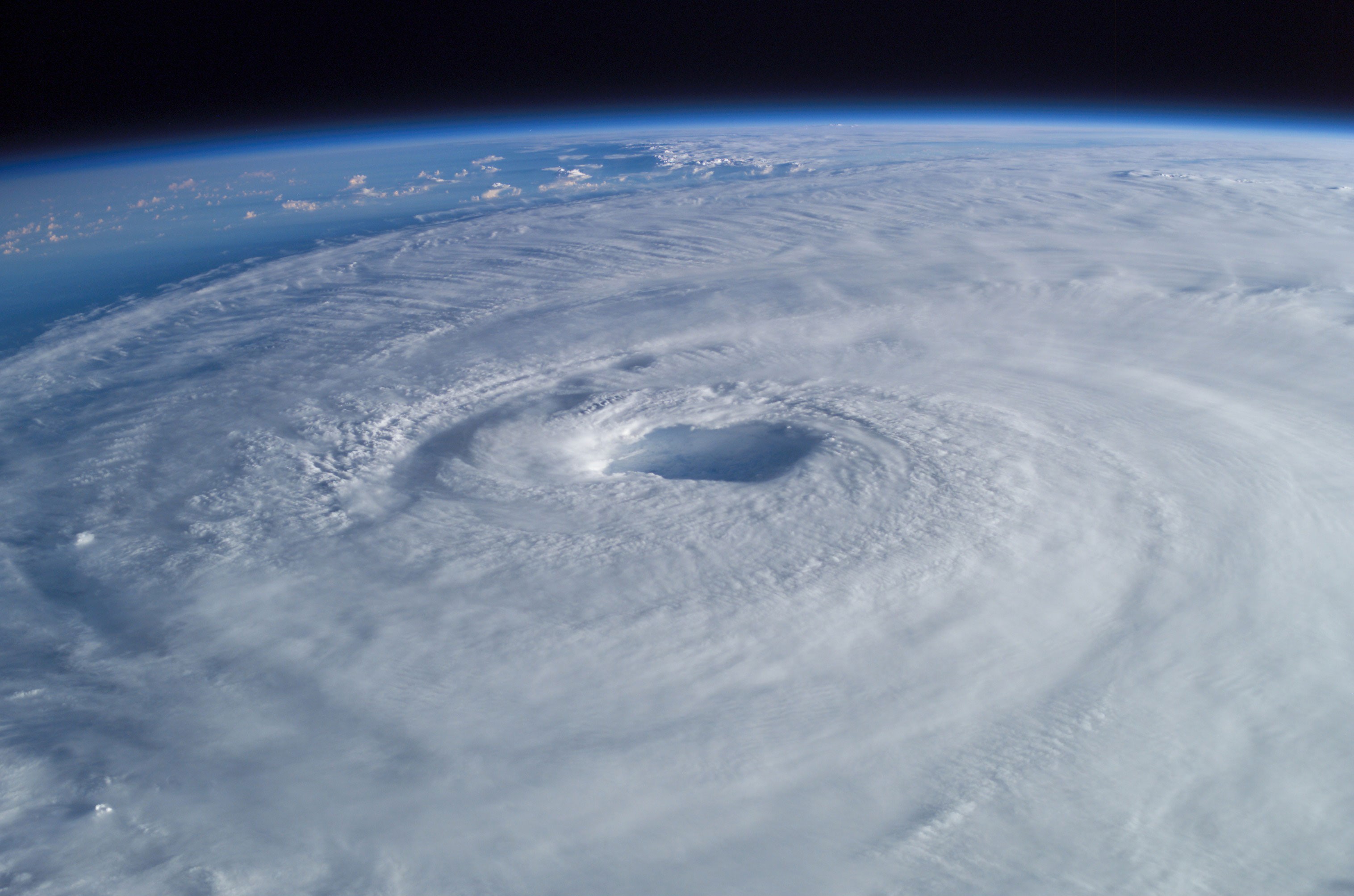12.30.10
Weather Modification
“Everybody talks about the weather but nobody does anything about it.” – Mark Twain
Monday’s post touched on why weather occurs and why storms are an integral part of earth’s never-ending balancing act. (See What If…We Could Prevent Storms From Occurring?)
The question remains, however, can we change the weather? Maybe we can’t or shouldn’t even try to prevent hurricanes and tornadoes from happening, but can we at least influence their strength and path?
The most common and well-known type of weather modification is cloud seeding. Cloud seeding involves spraying small particles (e.g., silver iodide) into the atmosphere, usually via airplane, in an effort to trigger cloud formation. Water vapor may then condense onto the particles, form clouds, and produce rain.
Cloud seeding has been experimented with in the U.S. (primarily in the Rockies), China, Russia, and a few other countries. Sometimes the goal is to cause rain in drought-prone areas, while at other times the goal is cause rain to fall in one area instead of another. During the Beijing Olympics of 2008, China used a form of cloud seeding to assist in preventing rain from falling (via shrinking rain drops).
While the idea of cloud seeding may seem great, there are a few problems with this method:
- it is impossible to test the effectiveness of cloud seeding (how do we know it wouldn’t have rained there anyway?)
- legal ramifications (what if you make it rain on someone else’s crop when they don’t want it to?)
- it is impossible to generate water through cloud seeding (it only works to the extent that there is already water vapor in the air)
Nevertheless, I find cloud seeding to be an intriguing, if not controversial, form of weather modification.
Another type of weather modification involves the weakening of tropical cyclones by seeding the eyewall with silver iodide. This method was experimented with in the 60s and 70s, with little success.
Other proposed ways to modify hurricanes include the use of barges with upward-pointing jet engines to trigger smaller storms to disrupt the progress of a hurricane (though this was never tested, as many believed the jets would not be strong enough to make any difference) and the pouring of environmentally-friendly oils on the ocean surface to prevent evaporation and cloud formation (this, too, was later discounted as ineffective).
Some scientists believe there may be a possibility of controlling weather in the future from space. One idea is the heating of large hurricanes at certain critical points, in an effort to steer the cyclones a bit.
Finally, as with cloud seeding, weather modification in general could have the following problems:
- Effectiveness (most proposed methods have been shown to have little to no effect on the weather)
- Legal issues
- Unintended side effects (weather is chaotic and may not always respond the way you think)
- Damage to existing ecosystems (see Monday’s post…we may need storms and certain weather to maintain good living conditions for people, animals, and plants)
- Health risks
- Use as a weapon
In the meantime, the best we can probably hope for is to warn people of certain weather events ahead of time and to educate people on what they should do to protect life and property when dangerous storms do occur.
So what are your thoughts on weather modification? Should we attempt it? Why or why not?

